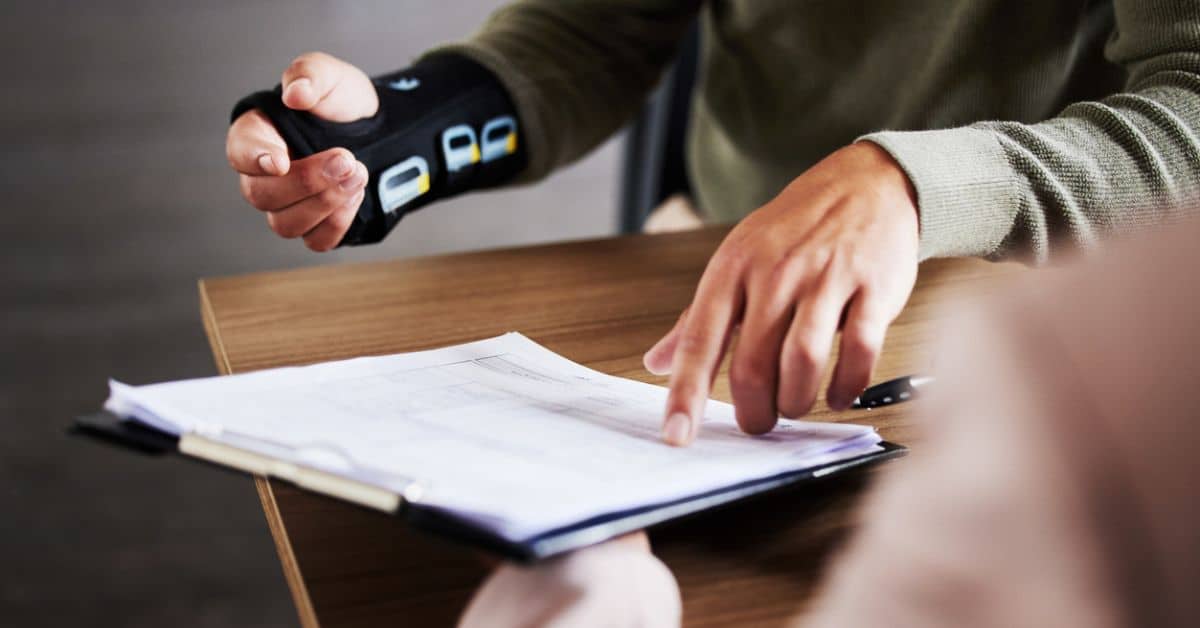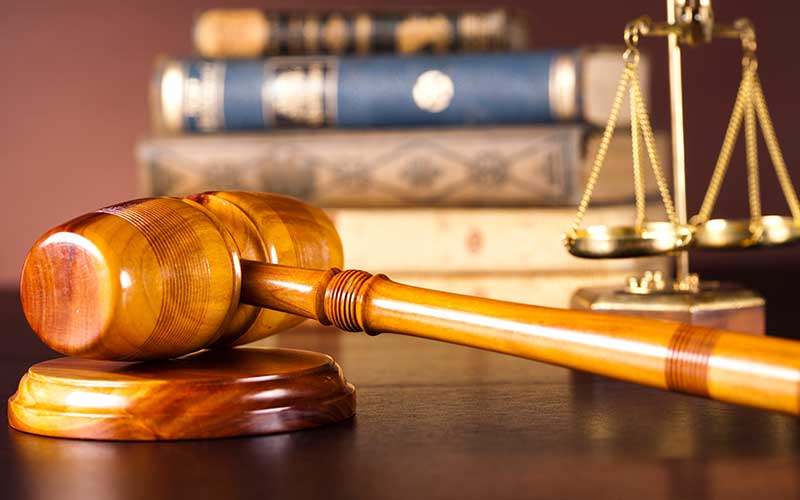Accidents and injuries can happen to anyone, anywhere, and at any time. When these injuries occur due to the negligence or wrongdoing of another person or entity, you may have the grounds for a personal injury claim. In this blog post, we’ll explore what a personal injury claim is, how it works, and the steps involved in pursuing one.
What Is a Personal Injury Claim?
A personal injury claim is a legal action initiated by an injured individual (the plaintiff) against the party responsible for causing their injuries (the defendant). The purpose of a personal injury claim is to seek compensation for the damages the plaintiff has suffered as a result of the accident or incident.
Key Components of a Personal Injury Claim
Liability:
In a personal injury claim, the plaintiff must establish that the defendant was negligent or at fault in causing the injury. This often involves proving that the defendant owed a duty of care to the plaintiff, breached that duty, and as a result, caused harm.
Damages:
Damages refer to the losses and injuries sustained by the plaintiff. These can include medical expenses, lost wages, pain and suffering, emotional distress, property damage, and more. It’s essential to quantify these damages as accurately as possible.
Causation:
The plaintiff must demonstrate a direct link between the defendant’s negligence and the injuries suffered. In other words, the plaintiff must prove that the defendant’s actions or negligence were the proximate cause of the harm.
Statute of Limitations:
Personal injury claims have a specific time limit within which they must be filed. This time limit varies by jurisdiction, so it’s crucial to be aware of the applicable statute of limitations to avoid losing the right to file a claim.
The Process of Pursuing a Personal Injury Claim
1. Consultation with an Attorney:
The first step in pursuing a personal injury claim is typically to consult with a personal injury lawyer. During this consultation, the attorney will evaluate the merits of your case and advise you on whether to proceed.
2. Investigation:
Once you decide to move forward, your attorney will conduct a thorough investigation to gather evidence, interview witnesses, and assess the extent of your damages.
3. Negotiation:
Your attorney will attempt to negotiate a settlement with the responsible party or their insurance company. Many personal injury claims are resolved at this stage.
4. Filing a Lawsuit:
If negotiations fail to result in a satisfactory settlement, your attorney will file a lawsuit on your behalf, initiating the formal legal process.
5. Discovery:
During the discovery phase, both parties exchange information, documents, and evidence relevant to the case.
6. Settlement or Trial:
Following discovery, there may be further settlement negotiations. If no settlement is reached, the case proceeds to trial, where a judge or jury will determine the outcome.
7. Judgment and Compensation:
If the court rules in your favor, you will be awarded compensation based on the damages you’ve suffered.
A personal injury claim is a legal mechanism designed to provide recourse for individuals who have been injured due to someone else’s negligence or misconduct. If you or a loved one has suffered injuries, consulting with a personal injury attorney is a crucial first step in understanding your rights and pursuing the compensation you may be entitled to. Personal injury claims aim to help victims recover physically, emotionally, and financially from the impact of their injuries.







